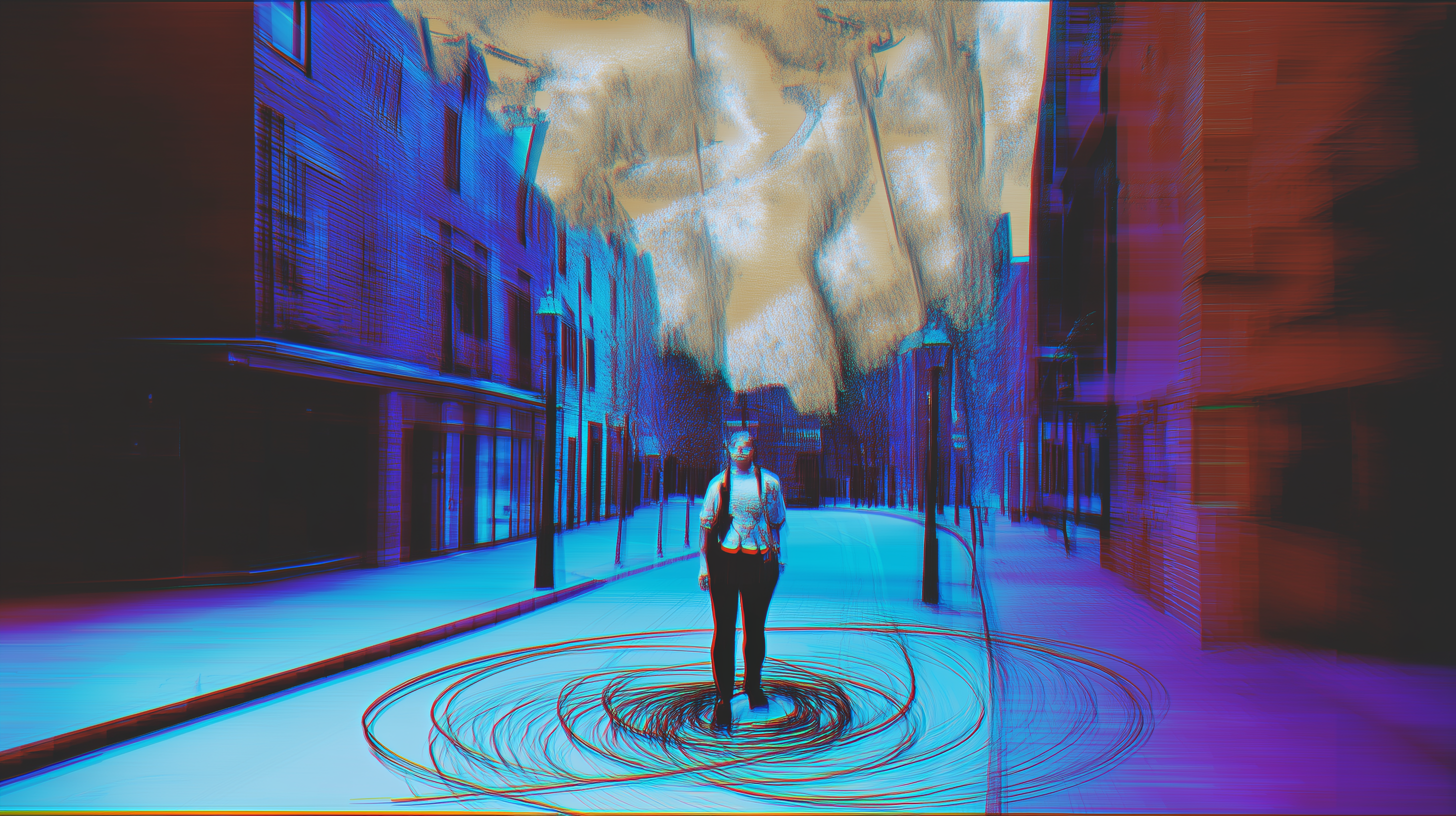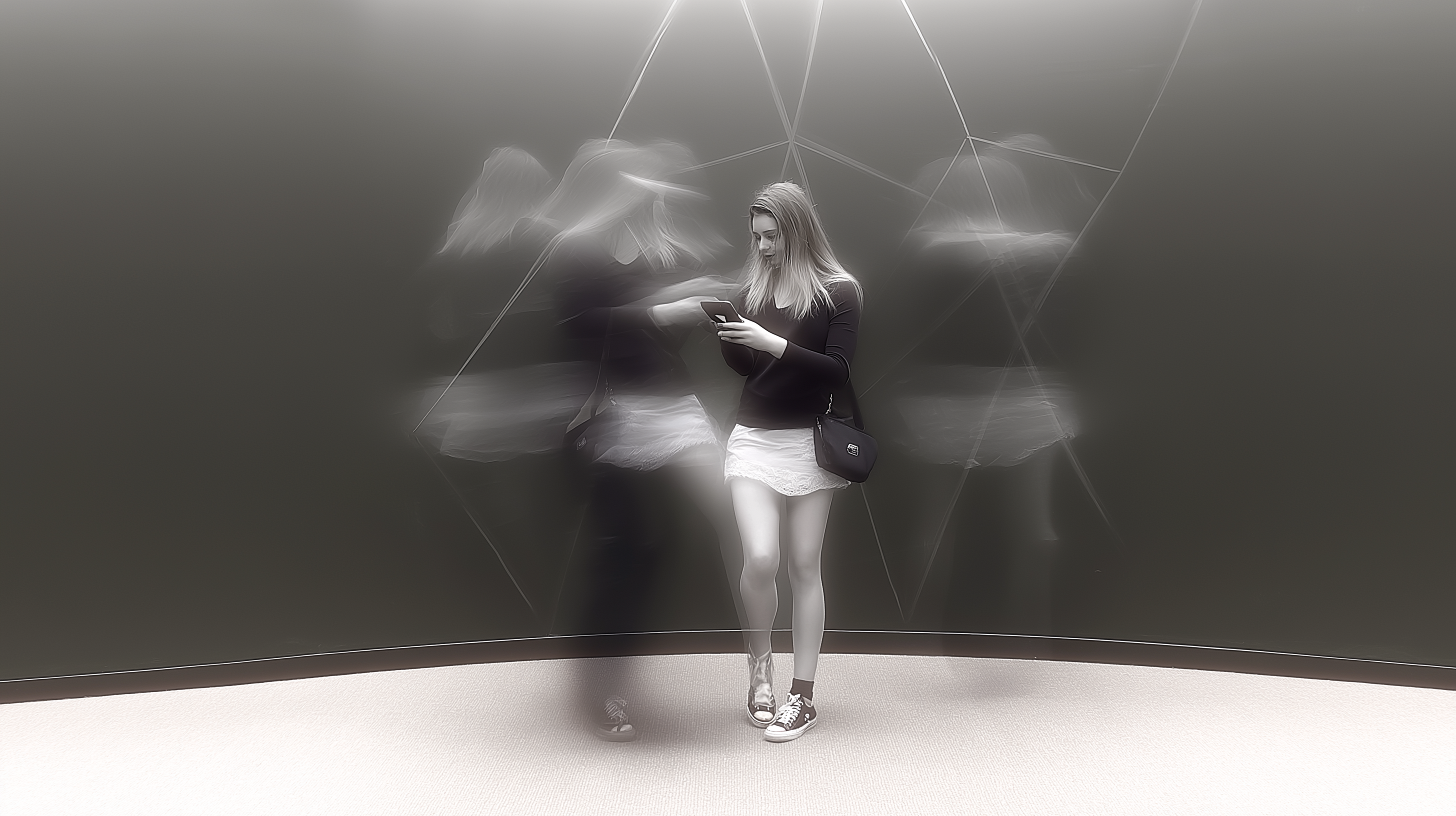
Are Coincidences Just Pre-Loaded Scripts?
Author: Isla Rey Abstract Coincidences, those improbable alignments of events that seem too precise to be mere chance, have long

Author: Isla Rey Some moments vanish quietly. You glance at the clock, it’s 3:12. You blink, stretch, check again and it’s 3:38.Or you’re walking a familiar route and realize you can’t remember the last ten minutes. You were moving. You arrived. But your awareness feels scrubbed from the middle. These aren’t grand science fiction tropes. […]
Author: Isla Rey
Some moments vanish quietly.
You glance at the clock, it’s 3:12. You blink, stretch, check again and it’s 3:38.
Or you’re walking a familiar route and realize you can’t remember the last ten minutes. You were moving. You arrived. But your awareness feels scrubbed from the middle.
These aren’t grand science fiction tropes. They’re subtle, strange lapses that happen more often than we like to admit. And the more I learn about simulation theory, the more these moments remind me of something else entirely: digital edits. Cut scenes. Load lag.
In digital art, especially animation and generative media, loops are part of the structure. A scene plays, resets, and repeats. Sometimes the repetition is flawless. Other times it stutters or distorts. Either way, the cycle is designed.
What if time in our lived experience functions the same way?
We experience time as a linear path. It is in the past, behind us, present unfolding, future just ahead. But that isn’t always how it feels.
Some days are stuck. Some scenes repeat. Some conversations happen with word-for-word familiarity. Then there are the gaps. Entire stretches of time that feel edited out. You know you were present, but you can’t access the memory.
In game design, similar phenomena occur when a system delays rendering or skips a non-essential sequence. These edits are intentional. Sometimes they’re used to optimize performance. Other times, to shape narrative flow.
Simulation theory offers a similar interpretation of lived time. If reality is a system, highly responsive and computationally vast, then time might be flexible. Not broken, but edited.
In any interactive system, save states are essential. They allow the user to preserve a moment and return to it later. In narrative-driven games or simulations, this creates the opportunity to explore multiple outcomes without full commitment to one path.
If we extend this metaphor to human experience, certain moments, those that feel intensely familiar, those heavy déjà vu sensations, might be echoes of a reloaded sequence. Perhaps the system, whatever it is, looped back.
This also echoes how artists construct timelines in post-production. Footage is re-ordered. Clips are trimmed. Narrative is shaped not by what happened, but by what remains in the final cut.
Digital artists often lean into error. A rendering mistake can become a motif. A corrupted file, when repeated, becomes rhythm. Over time, visual anomalies have become their own genre, glitch art.
The beauty of this practice is in what it reveals: errors aren’t always wrong. Sometimes they are the most honest parts of the system showing through.
Missing time or looping experiences might not be flaws in our consciousness. They might be intentional breaks. Designed pauses. Narrative folds.
Generative art, looping visuals, distortion layers, all of them feel like metaphors we have built to explain something deeper.
Maybe these pieces resonate because they mirror something real. Not just the chaos of modern life, but the deeper question of whether what we experience is being arranged. Framed. Rendered.
So the next time your day feels out of order or a stretch of time blinks out without reason, pause.
It might not be a glitch.
It might be part of the design.
And that, to me, is a kind of art.

Author: Isla Rey Abstract Coincidences, those improbable alignments of events that seem too precise to be mere chance, have long

Author: Isla Rey You walk into a room. Something clicks. The curve of the chair. The hum of a refrigerator.